Great space missions are based on the tireless work of scientists and engineers, who transform complex theories into revolutionary technologies. Paolo Panicucci, Researcher and Assistant Professor at the Department of Aerospace Science and Technology at the Politecnico di Milano, is one of these people. His work, which has taken him from Italy to France and to the United States, and involved various international collaborations of note, focuses on one of the most crucial aspects of space exploration: the autonomy of satellites.
Paolo told us in this interview about his journey into the world of research, and his keen interest in science and cutting-edge projects that define the future of space exploration.
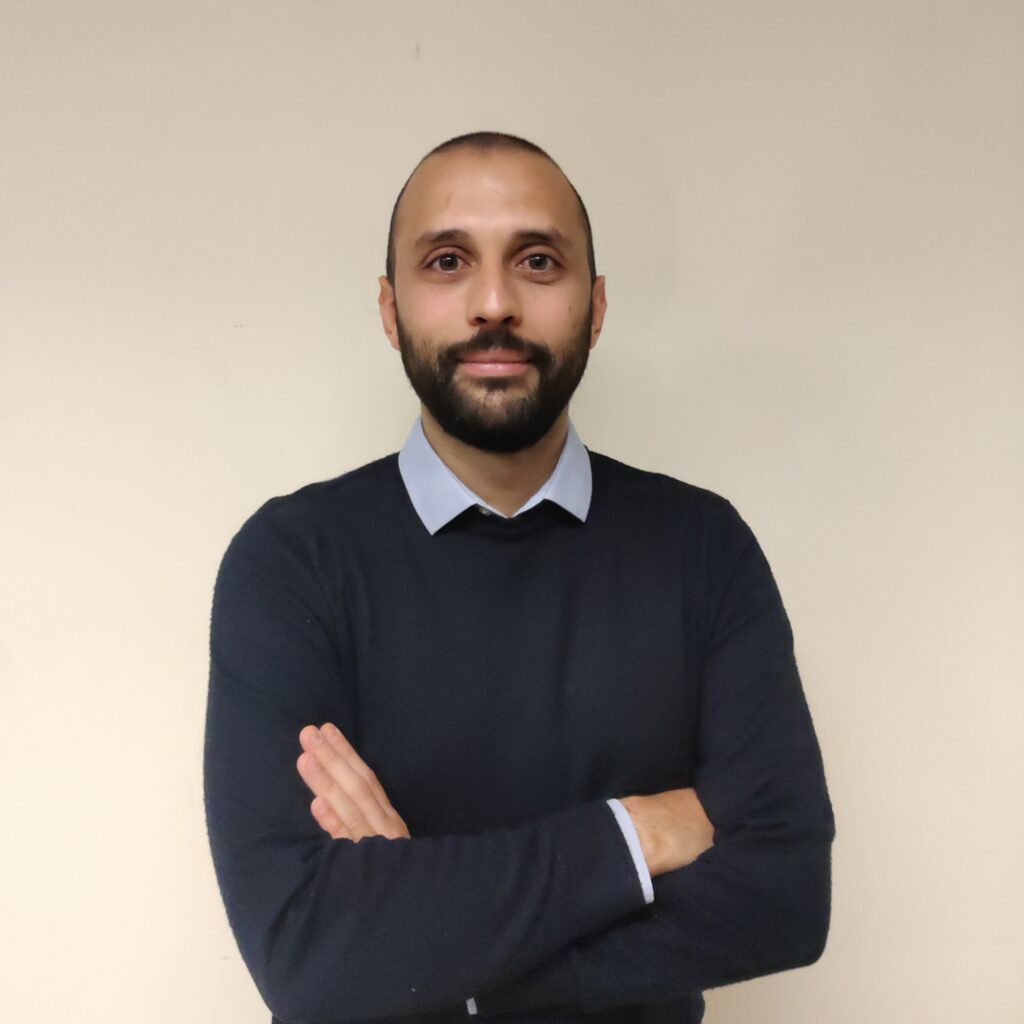
Paolo, you’ve had a very varied and interesting career.
How did it all start?
My course was more unusual than that of many of my colleagues. I’m from Rome and I started my studies at La Sapienza, gaining a Bachelor of Science degree in aerospace engineering. Then, during the first year of my master’s degree, I studied astronautical and space engineering, also at La Sapienza. After that, I moved to France for a double degree programme that included a master’s degree in Italy and two years in France, at the ISAE-SUPAERO (Institut supérieur de l’aéronautique et de l’espace). The French system is different from the Italian one: it consists of a course which involves two years of preparatory classes (classes préparatoires, ed.), followed by three years in the so-called “grandes écoles”. I entered the second year of this last cycle directly, completing the programme with a third year which included a research master’s degree in automation and image processing. By the end of this course, I had three academic degrees: the master’s degree in Italy, the French title, and a further research master’s degree obtained at the Université Paris-Saclay. And to round this all off, I did a research internship at the French space agency, which allowed me to combine everything I had learned. It was this project that paved the way for my career as a researcher.
I have also had other international experiences, such as in the United States. While there, I had the opportunity to work during a period of stay sponsored by ASI (Italian Space Agency) and CAIF (Cultural Association of Italians at Fermilab), which allowed me to deepen my study of satellite dynamics and attitude control in space.
Tell us about your experience in France…
In France, I collaborated with CNES, the French Space Agency, on projects related to the fragmentation and controlled re-entry of satellites. This experience gave me a practical insight into the problems related to space debris in Earth’s orbit. The goal was to understand how uncertainties affect the trajectory of these objects. This is a crucial issue, because it concerns the safety of people on Earth: if a piece of debris does not completely disintegrate in the atmosphere, it can have consequences on impact. Fortunately, most of the fragments end up in the Pacific Ocean, but there is still a risk [laughs].
The main challenge was to model the behaviour of satellites during re-entry, particularly with regard to the phenomenon of fragmentation. At certain altitudes, the bodies break down, and the distribution of fragments depends on various factors such as the exposed surface, heat exchange, and aerodynamic drag. We analysed these variables to build a global statistical model capable of estimating where fragments might fall. This work formed part of the activities of the ‘Space Debris Office‘. France, according to international laws, is primarily responsible for launching satellites, since the European spaceport is located in French Guiana. Each satellite launched from French territory must comply with the regulations that require controlled return within 25 years of the end of the operational mission. Our study aimed to support the enforcement of this law, analysing the risks associated with re-entry and validating the mitigation strategies
When did you realise you wanted to do research?
I always knew I wanted to pursue an academic career, so it wasn’t a random choice for me. I developed a keen interest during my Bachelor of Science degree; and since then I’ve been fascinated by the more scientific and formal aspects of research. I much prefer to delve deeper into concepts and develop theoretical solutions than plugging in cables and hoping everything will work [laughs].
By choosing space engineering after high school I was therefore setting myself a personal challenge: I was attracted to fields like astrophysics, but I chose engineering to put myself to the test. During my master’s degree at La Sapienza, I had the opportunity to work with two professors who were developing a CubeSat. The purpose of this project was to study the upper atmosphere and I helped with the design and testing of the attitude control system, the mechanism that stabilises the satellite and manages its points. This experience further stimulated my interest in research and engineering.
Tell us about your research at the Politecnico di Milano. What do you do, primarily?
During my PhD at ISAE-SUPAERO, in collaboration with CNES and Airbus Defense&Space, I studied the problems of SLAM (Simultaneous Localization And Mapping), which allow one to simultaneously estimate the trajectory of a satellite and the properties of the celestial body it is exploring. This technology is essential for the autonomy of probes, especially in contexts where communication with Earth is limited or impossible, such as during the exploration of asteroids or orbital maintenance operations.
At the Politecnico, I work in the DART (Deep-space Astrodynamics Research & Technology) Lab coordinated by Professor Francesco Topputo, with whom I first worked as part of the EXTREMA project. The project, funded by the European Research Council, aims to make CubeSats fully autonomous in interplanetary missions. This includes autonomous determination of the orbit and autonomous planning of trajectories, with the aim of drastically reducing the costs of monitoring from Earth and allowing exploration of the solar system on a much larger scale. We are also developing technologies to exploit ballistic capture corridors, natural pathways that require very little propellant to reach celestial bodies such as Mars.
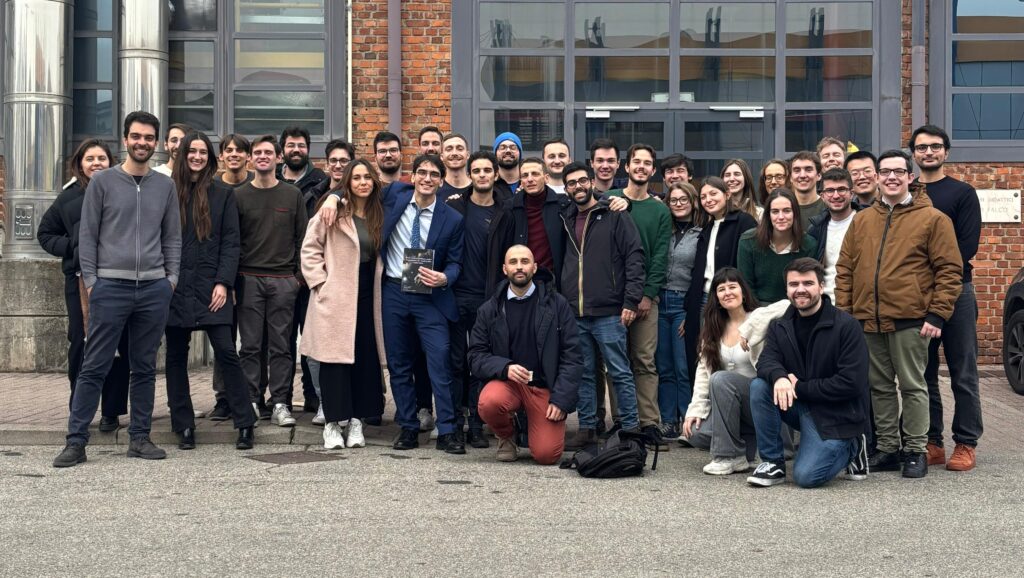
In this context, my research focuses mainly on Vision-Based Navigation, image processing, the autonomy of spacecraft and hardware-in-the-loop simulations. Space probes can acquire images of planets to triangulate the position of the satellite and assess its trajectory in the solar system. A challenging aspect of our research is the ground validation of image-based algorithms, because it is extremely complex to reproduce the acquisitions that the probe would make in orbit. To overcome this problem, I developed during my postdoc the RETINA testbed, which allows us to acquire images as if the probe were in orbit and validate the methodologies we develop before launching satellites.
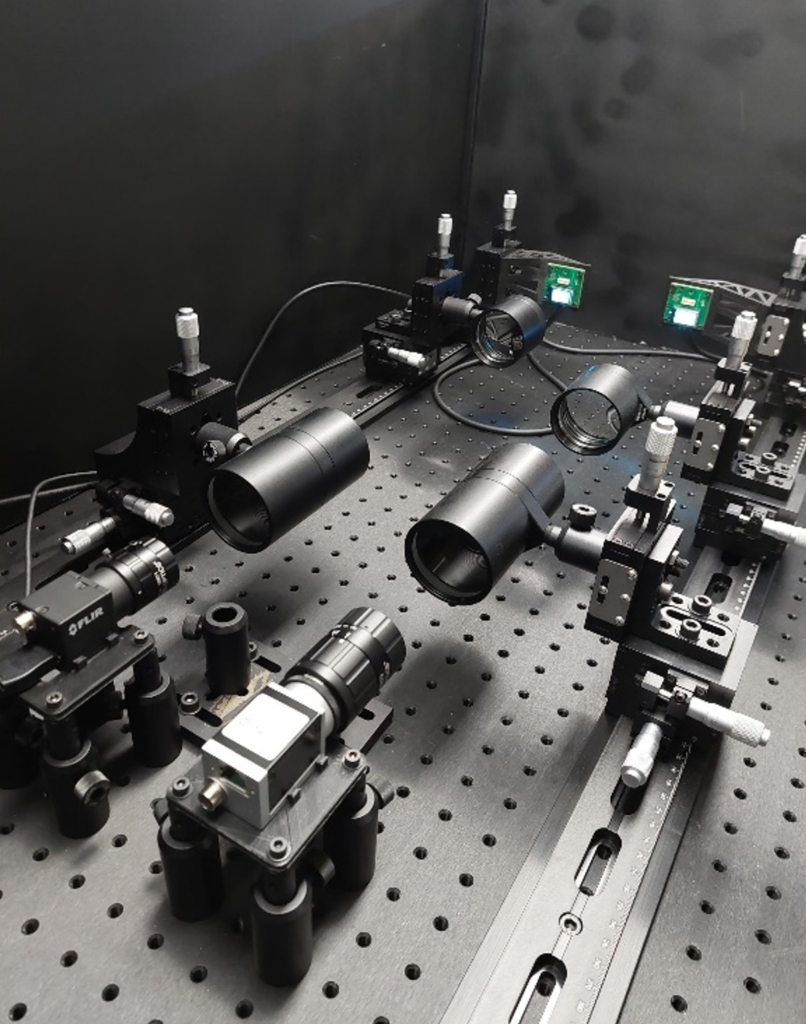
RETINA (Realistic Experimental FaciliTy for vision-based Navigation) testbed that allows laboratory testing of autonomous navigation systems.
Why is the autonomy of satellites so important?
Autonomy reduces the operating costs and increases the efficiency of missions. Think of interplanetary missions: communicating with a probe on Mars requires both time and resources. If a probe can determine its own trajectory and react to unforeseen events independently, we gain flexibility and increase our exploratory missions. This aspect becomes even more crucial in unknown and dynamic environments, such as asteroids, where every quick decision can make a difference.
Are there any significant collaborations underway?
Yes, we are involved in many CubeSat projects and missions ranging from lunar orbits to asteroids, working closely with ESA, NASA and ASI. An example is the LUMIO (Lunar Meteoroid Impact Observer) mission, conceived and managed by Prof. Francesco Topputo, the aim of which is to monitor the hidden side of the Moon to identify flashes produced by the impact of meteoroids on its surface.
between the probe and the moon by determining the size of the moon in the image
Another very important project is the Milani mission, a CubeSat part of the Hera mission in collaboration with ESA and NASA, all about studying the effects of the impact of a probe on an asteroid. In particular, I assist in the scientific activities coordinated by Prof Fabio Ferrari. I handle the use of cameras to determine the composition of the asteroids, reconstruct their shape, and analyse the debris generated by the impact of the probe. These data allow us to evaluate the characteristics of the celestial body (gravity, shape, rotational state) and to answer fundamental scientific questions about the formation of our solar system.
At the same time, we are developing state-of-the-art facilities for the validation of technologies. One of the most recent includes the use of robotic arms to simulate the relative motion between probes and celestial bodies. By mounting a miniature celestial body on one of the two arms and the satellite instrumentation on the other, we can reproduce the operations performed in orbit through the movement of the robotic arms. This allows us to obtain extremely accurate data for validating the navigation and trajectory planning algorithms.
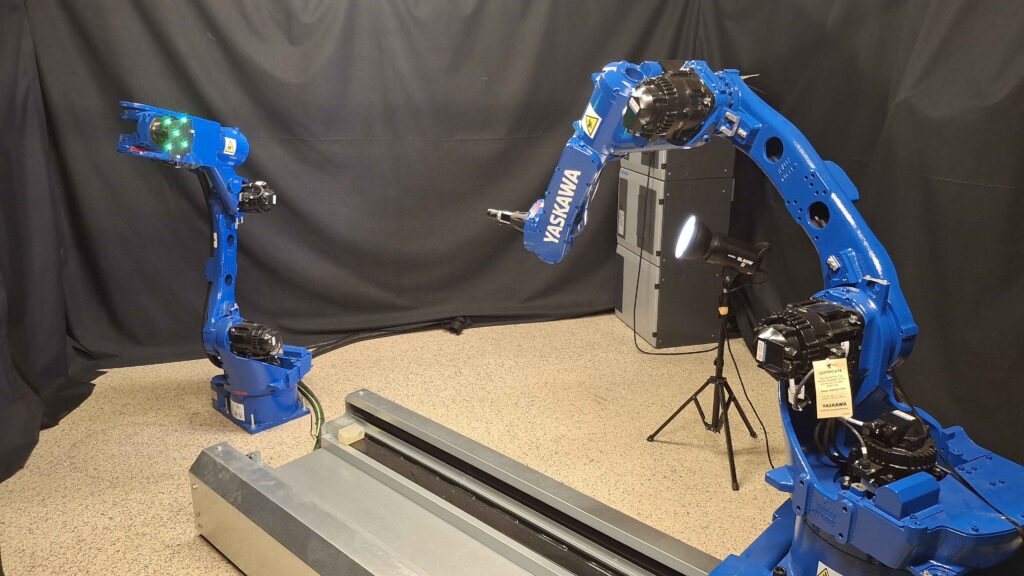
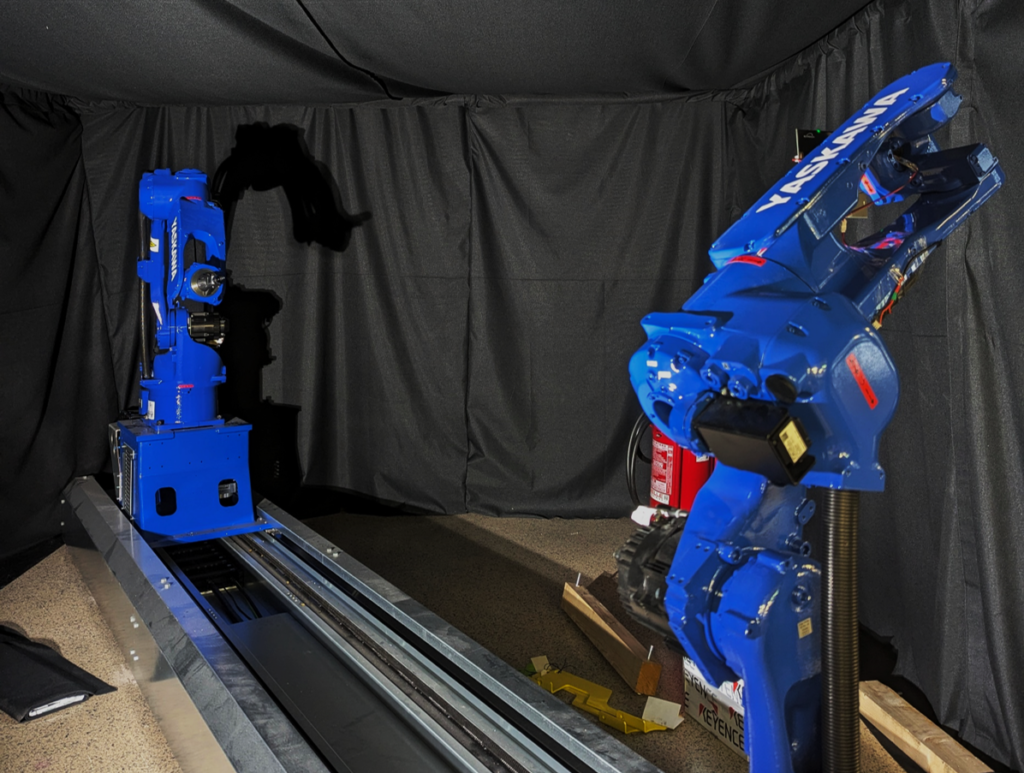
What impact does your work have on the safety of our planet?
Studying asteroids is not only scientifically fascinating, but also vital for planetary defence. From this point of view, we collaborated on NASA’s DART mission, where a probe was made to impact on an asteroid to study its orbital deviation in order to avoid collision with Earth. These experiments are critical to developing strategies that can protect us from future collisions. Our contribution also concerns analysis of the trajectories of the debris emitted by the asteroid upon impact, an aspect on which we have published recent studies in prestigious scientific journals, such as Nature Communications.
Given your many international experiences, what are the main differences you have noticed?
Italy is one of the best places to do research in the world. Here, and in particular at the Politecnico di Milano, there is a rigorous methodology and a very high standard of quality: students are trained by professors who teach what they themselves seek, offering direct access to the frontiers of science.
In France, instead, the approach is more oriented towards practical engineering. You learn to meet deadlines, deliver projects on time and accept results without the possibility of starting over again. This system places an emphasis on efficiency and professional responsibility. Lastly, in the United States, there is a strong focus on interdisciplinarity and problem solving
What are your ambitions for the future?
I would like to continue working at the Politecnico, expanding the team and building on our research. Our laboratory is internationally renowned and the environment is stimulating and collaborative.
In addition, I recently won a Rocca Fellowship, which will allow me to spend time at MIT to learn more about trajectory planning, an area in which I wish to gain more expertise. I currently specialise in autonomous perception and optical navigation, but at MIT I will have the opportunity to integrate this know-how with the autonomous planning of trajectories, working with some of the industry’s leading experts.
Returning to the Politecnico, I would like to continue to develop this interaction between guidance, navigation and control, paying special attention to the ground validation of systems and their use for scientific purposes. I would also like to focus more on exploring asteroids and complex space environments, which I find particularly fascinating. The goal is to increase my knowledge of the three main areas in which I work: autonomous navigation, validation of space systems and space exploration.
I do not see myself moving away from Italy, because I strongly believe in the importance of giving back to the community the investment it has made to educate and train me and to contribute to the growth of future generations.
What most excites you about your work?
It excites me to take systems developed in the lab, test them in real-world settings, and see that they work. We recently validated techniques for the determination of trajectories using images of planets and stars taken as small points from the ground. A PhD student on the team took hundreds of thousands of photos over several nights, and when we applied our algorithms, we saw that it actually worked with the same results we had predicted in computer simulations. It is hugely satisfying to see how theories come to life and work in practice.
I also greatly enjoy working with PhD candidates and young researchers. I am often amazed by their skill and ability to tackle complex problems and solve them quickly and efficiently. Their desire to learn, innovate and change traditional patterns is a constant source of inspiration. I realise how important the role of students and PhD candidates is, because without them many things we do would not be possible.
Lastly, it is always inspiring to receive international recognition for our work. During conferences abroad, companies and colleagues come together to discuss our projects. This sector, although competitive, is characterised by a strong sense of respect and collaboration. Human relations are fundamental and allow us to grow together, sharing successes and overcoming challenges.
